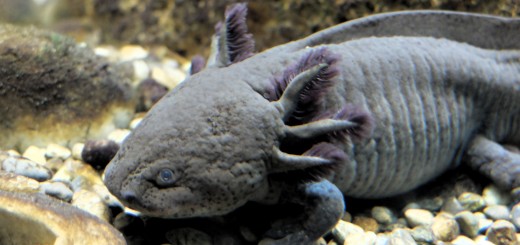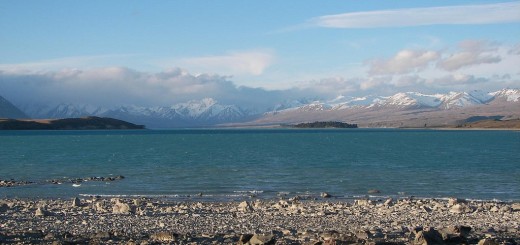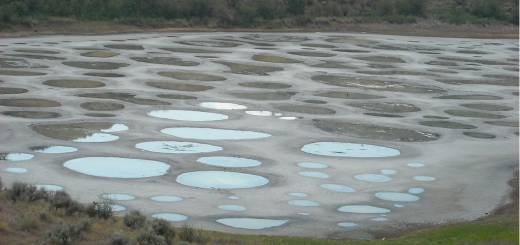Friday Five: Glacial Lakes Around the World
0Many lakes worldwide have been formed by glaciation, or the movement and subsequent melting of glaciers. This process occurred commonly near the end of the last ice age, about 10,000 years ago. (glacial lakes)
Eroding the land beneath, retreating glaciers left behind irregular shorelines and unique shapes for meltwater to fill, forming many of the world’s beautiful lakes.
Lake Bled
Slovenia’s Lake Bled is surrounded by the Julian Alps, a mountain range named after Julius Caesar. It is a fairly shallow lake, only reaching 100 feet in depth. Lake Bled’s waters remain relatively calm due to the wind-blocking mountains nearby, making it ideal for rowing.

Lake Bled as seen from Little Osojnica Hill. (Credit: Wikimedia Commons User Canadianhockey91 via Creative Commons)
Lake Lucerne
Much of its shoreline rises steeply into mountains and Lake Lucerne has arms that reach far into them. The Reuss River feeds and drains the Swiss lake, eventually making its way to the North Sea. Lake Lucerne comprises four basins, filling valleys to give it an unusual look.

Lake Lucerne. (Credit: Wikimedia Commons User Ttrainer via Creative Commons)
Lake Louise
Lake Louise sits in Canada’s Banff National Park, one of the world’s most popular nature areas. This popularity, with the park logging more than 5 million visits each year, threatens ecosystems around Lake Louise. Much of the glacier that formed Lake Louise, Lefroy Glacier, still exists.

Lake Louise. (Credit: Wikimedia Commons User Gorgo)
Imja Tsho Lake
This young Nepalese lake was formed after meltwater from the Imja Glacier began collecting in small ponds. In the 1970s, the ponds combined to form a larger water body. Imja Tsho Lake lies in the Himalayan Mountain range, and few visitors see it each year.

Imja Tsho Lake and glacier. (Credit: Daniel Alton Byers via Creative Commons)
Lake Neagh
Ireland’s Lake Neagh is the largest freshwater lake in the British Isles, taking up 151 square miles. It’s a shallow lake, with maximum depths reaching only 80 feet. It is important to the surrounding areas, providing 40 percent of their water. Globally, it is a source of eels.

Lake Neagh. (Credit: Henry Clark via Creative Commons)













